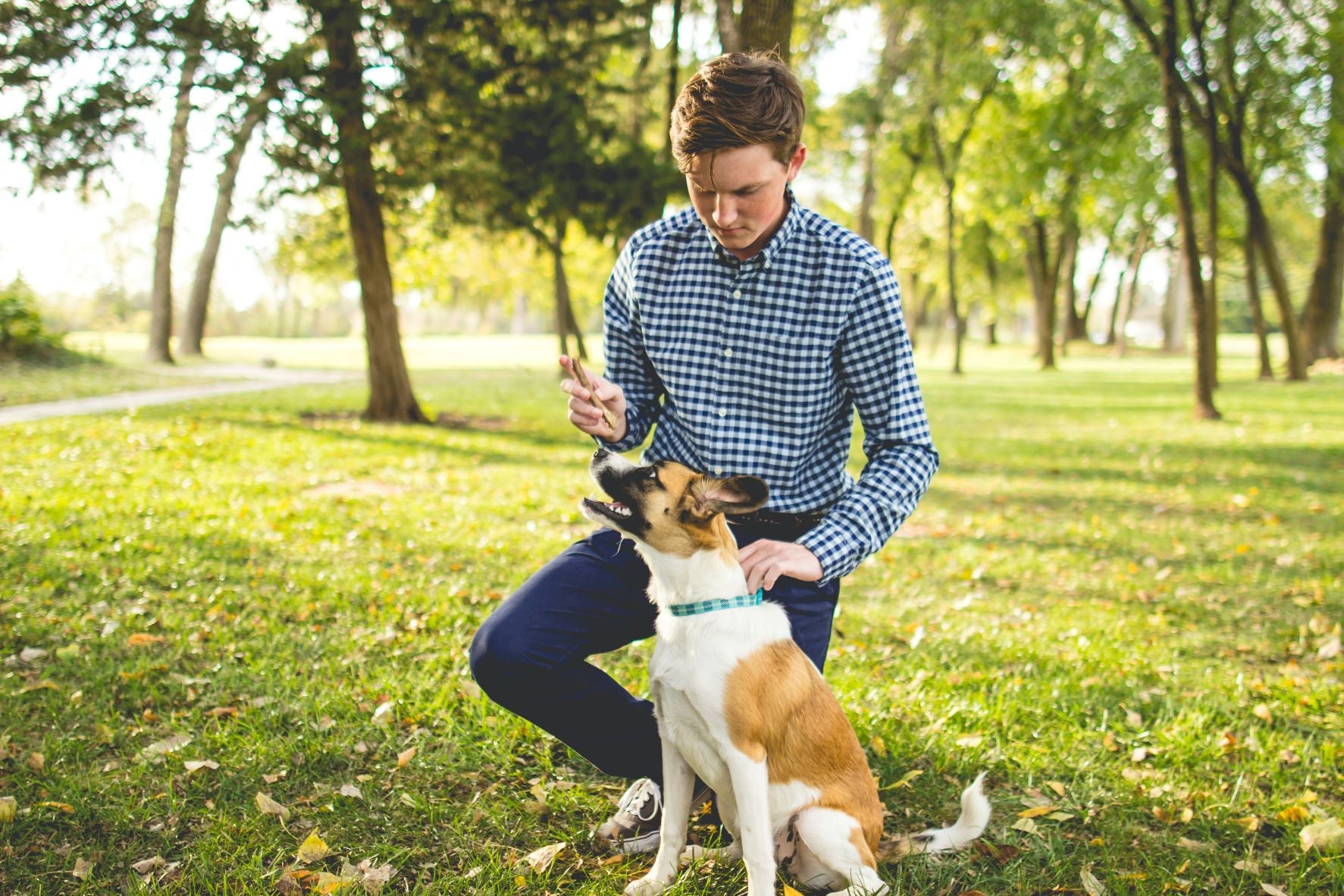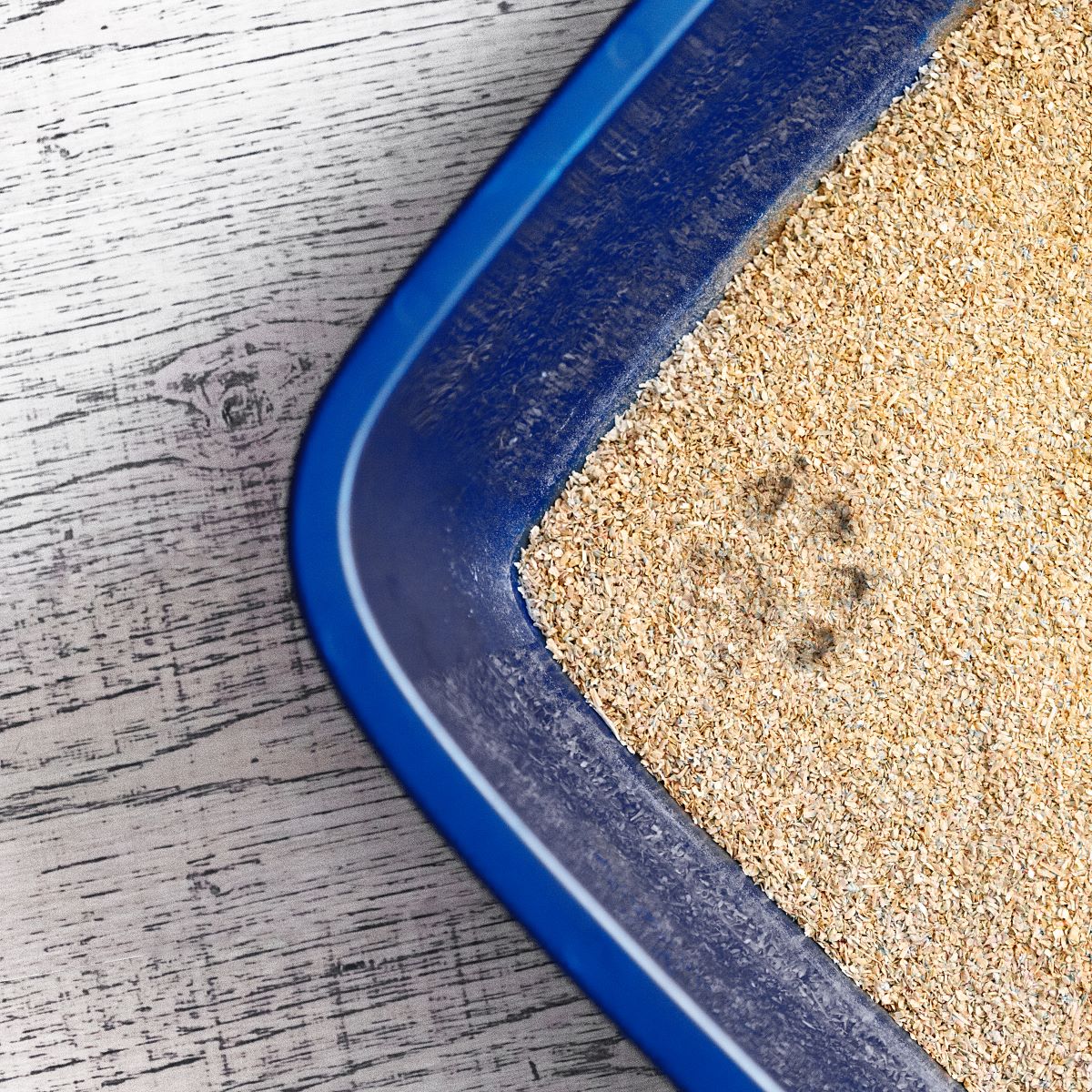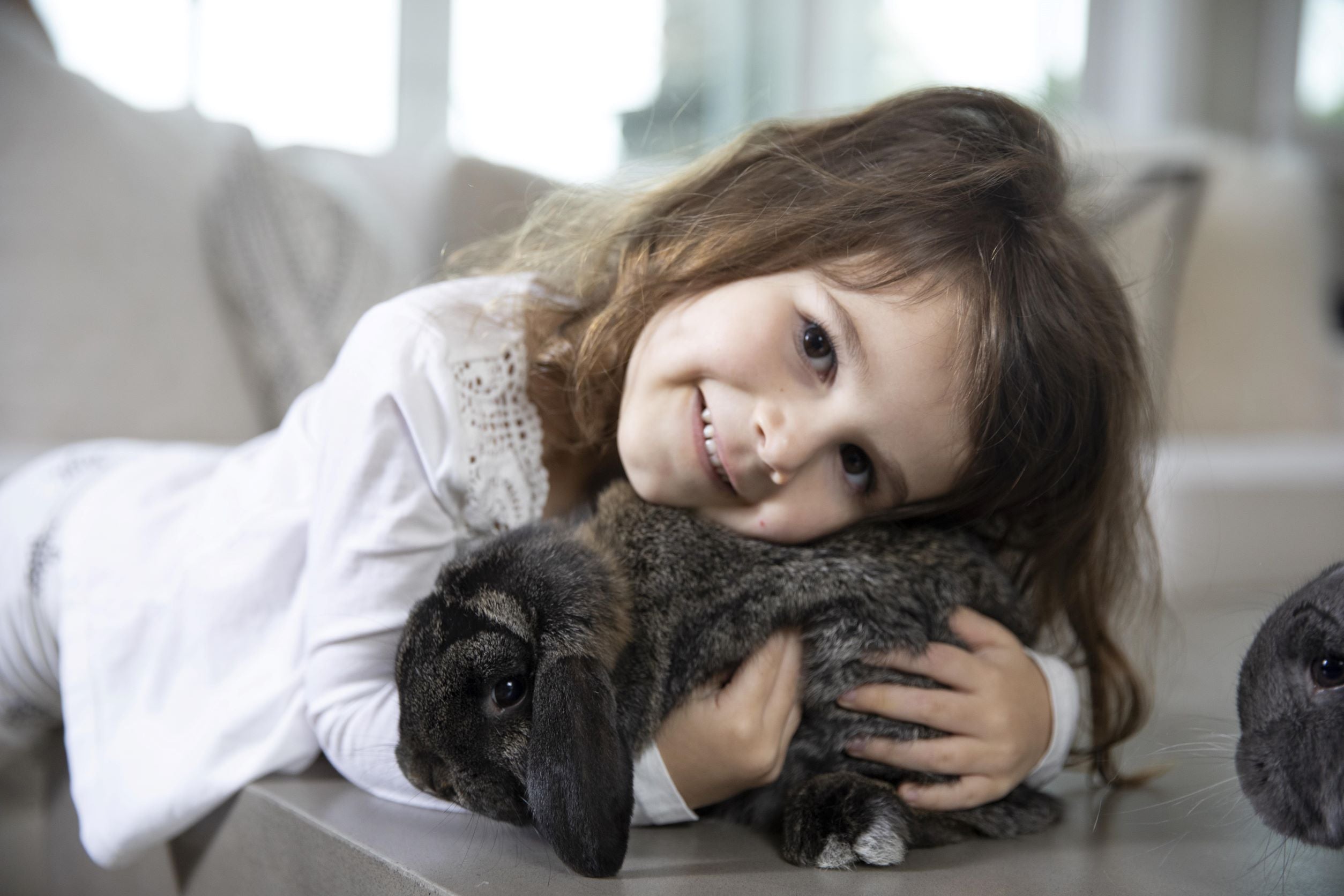
8 Reasons Why Dog Training Is So Important
Photo by Zach Lucero on Unsplash
From ensuring your dog is controlled around others to helping them feel safe and protected, there are many reasons why proper training is crucial. That’s why, in this article, we’ll dive into eight reasons why dog training is so important, along with some top tips on how to train them properly.
So, stay tuned as we explain why training your dog is so important and ways to boost their happiness and safety…
1. Teaches good behaviour
One of the most important reasons to train your dog is to teach them good behaviour. A well-behaved dog can recognise and respond appropriately to your commands, whether sitting and waiting or returning when you call their name.
From a young age, most dogs will need to be taught recall and to sit, wait and heel. They need to be taught this to prevent poor behaviour such as jumping up, stealing food, and running off.
Positive reinforcement is the most common form of training and means your dog will anticipate a reward (whether affection or a treat) after performing a particular behaviour. This kind of reward-based learning means your dog will want to behave well, which can make them easier to train in the future.

Photo: anna-roberts-7IvcP5BZ5HE-unsplash
2. Crate training = A safe space
You should use crate training to provide your pet with a completely safe environment, one where other people, pets, animals, or unsettling situations won't bother them. It will be their personal safe and comfortable space where they can feel completely at ease - much like a bedroom.
Remember to take it in small steps from a young age and let them spend time in the crate with the door open, feed their meals there and slowly show them that it’s a safe space to be.
Only use positive reinforcement with crate training, and reward them with things like dog treats, toys and relaxation. Punishment is not appropriate as it can make your dog anxious and lead them to associate you and the crate with being afraid.

Photo by Ayla Verschueren on Unsplash
3. Builds their confidence
Positive reinforcement and freely given affection are massive confidence builders, and you should start sharing them with your dog from a young age.
Negative language or treatment breeds negative reactions, and research shows it can be hugely detrimental to a dog's mental and physical health and well-being. So, responding to your dog with anger, fear or frustration can be disastrous and might result in your dog acting the same way leading to fighting, injury and a terrifying cycle of fear-driven behaviour.
A dog that responds to the world with positivity over anger is far safer, so whether you’re training a puppy or have adopted a shy or fearful dog, aim to build trust, affection and confidence with every step.
It’s important to remember that this can take time and patience as it's about shifting their focus from negative, scary situations to positive things.
4. Keeps your dog safe
A trained dog is a safe dog – for the public, you and the dog itself. For example, dogs that ignore recall may run after another animal that could attack them or run out into a road full of traffic.
Recall is one of the most important things you can teach your dog, as it ensures they return even if faced with a threat, prey or food. It’s all about minimizing risk in tricky situations, and if you have a calm and obedient dog, there is a far higher chance of a safe outcome.

Photo by Yogendra Singh on Unsplash
5. Prevents bad habits
Often, nervous and unhappy dogs will display bad habits. For example, dogs can chew things because they're bored, teething, want attention, are distressed or have an unbalanced diet.
Signs of anxiety or boredom in dogs include:
- Showing their gums or snarling
- Constant barking, whining or panting
- Displaying dominance
- Going to the toilet where they shouldn’t
- Seeking attention
- Destroying toys or other objects
- Changes in posture or with the eyes and ears
- Shedding
- Pacing or shaking
These are a dog's physiological reactions to their environment and feelings about a situation, so the best thing you can do is make them comfortable, train them to feel safe with you and encourage positive behaviour such as backing away from unfamiliar things, retreating to safe spaces, and chewing the right things.
The earlier you can correct poor behaviour in dogs, the better, but it can take a lot of time and effort to undo and help them to feel safe again. To start, ensure your dog gets plenty of exercise and mental stimulation during the day, from play, food puzzles, regular walks or learning new tricks. And begin their crate training and recall exercises.
6. Supports toilet training
Just like babies, puppies have small bladders and cannot hold it in for long. Positive reinforcement training is crucial in providing enough opportunities to go to the bathroom, whilst teaching them to avoid accidents indoors.
You will need patience when teaching your puppy where to go to the toilet, and you might find it helpful to use puppy pads or dog litter to aid them as they learn. If they go in the wrong place, pick them up and take them outside or to their litter box.
Never tell them off or punish them if they have an accident, as this will only confuse them and lead them to associate going potty with fear. Celebrate and give them positive attention when they go in the right place. And set a routine to prevent accidents and reduce anxiety around toilet time, too.

7. Teaches safe socialization
Dogs need to be safe to socialize with other animals and people without fear, so they can have a happy experience out in public. It also means you’ll be able to take them out and about with you, safe in the knowledge they will not react with bad behaviour or make a mess.
The more situations you can safely guide your dog through at an early age, the better, as they’ll know what to expect and can feel relaxed knowing there's no threat. This might include greeting visitors at home, meeting other dogs on a walk or travelling in the car.
Try to socialise your pup from an early age and show them that it’s safe to do so, whilst helping them to learn recall. You could attend puppy socialisation classes or meet up with friends who have well-behaved dogs.

Photo by Matt Nelson on Unsplash
8. Builds a bond
Dogs are pack animals, and they need a leader to show them the way, help them feel safe and help maintain their daily routine. Trust is important as it helps to set the foundations of good behaviour and loyalty – and training them is a great way to work on that bond.
Building a healthy bond can also help prevent behaviours associated with separation anxiety, as they will be able to trust you enough to stay independent and protected. When training, your dog will look to you for guidance which, over time, will build both good behaviour and a healthy bond.
Now you know why proper training is essential, from helping your furry best friend to feel safe to preventing the development of bad habits. So, get started the right way and see how your pup grows in confidence, happiness and skills as they grow.









 email us
email us